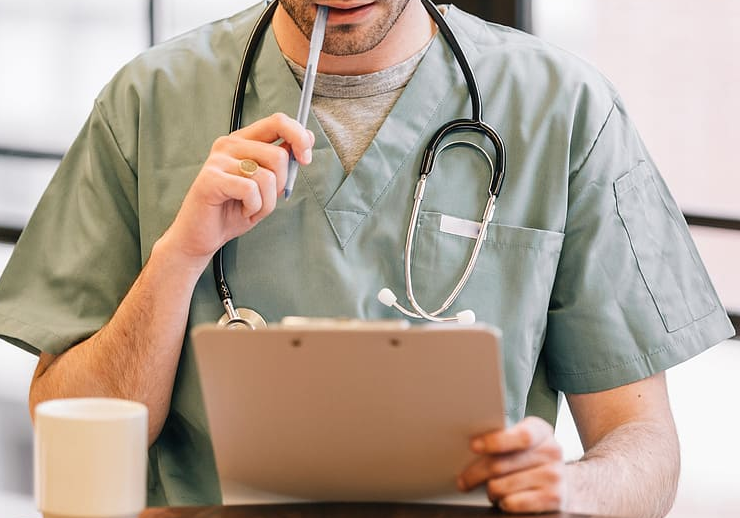How Technology Is Contributing To The Success Of Remote Patient Monitoring
It’s clear that the many evolutions that technology has taken has progressed our society faster than many could have ever imagined. Many industries at large would not be as successful as they are without the help of technology. This is particularly true for the healthcare industry, as some methods of care would be impossible to offer without the help of technology. This post will focus on one of these methods of care in particular, specifically remote patient monitoring and the different ways it supports patients.
While it’s true that remote patient monitoring existed in some form in the past, typically it would be conducted through doctor visits in the home, it’s only now ever felt totally fleshed out. As more and more technologies have been able to integrate into the lives and homes of patients, the quality of care that can be offered with remote patient monitoring has been on the rise. This technology allows health care professionals to remotely care for their patients all while offering the safest transmission of the data tracked back to a patient’s health care facility.
This data wouldn’t be nearly as valuable as it is today if it weren’t for the ever-growing roster of remote patient monitoring technologies that are offered. Water retention scales for heart disease patients, spirometers, blood glucose monitors and even blood pressure cuffs are all connected to most health care facilities’ remote patient monitoring networks. While it’s the responsibility of the patients to learn how to use these tools correctly, higher functioning tools make the job that much easier on patients.
The fact that this method of care has proven to be effective means that more and more healthcare professionals will default to it when considering the care of certain patients. For example, more and more people are being diagnosed with chronic conditions like diabetes, or heart disease that require full-time monitoring and plenty of doctor’s visits. These healthcare professionals view remote patient monitoring as a way to alleviate the time these patients have to sacrifice for these visits, hoping to improve the quality of life of the patient over the long term.
As it would turn out, these healthcare professionals are right, and this method of care is extremely effective. The success of this method is directly related to its effectiveness, as patients with chronic conditions such as high blood pressure and asthma have seen improvements in their health related to these conditions through the help of remote patient monitoring. Most improvements were made in regards to a decreased reliance on the rescue medications they are prescribed.
Perhaps more important than anything else regarding the staying power of this method of care is the fact that more and more insurance companies are offering plans that include coverage for remote patient monitoring. With more patients able to afford the care, and the stress of these primary healthcare professionals continuing to skyrocket, it serves as a win-win for both parties involved. For more information on the ways that remote patient monitoring has improved the patient experience, in addition to the ways your conditions can be treated through this method of care, be sure to continue reading on to the infographic included alongside this post. Courtesy of Pivot Point Consulting.


